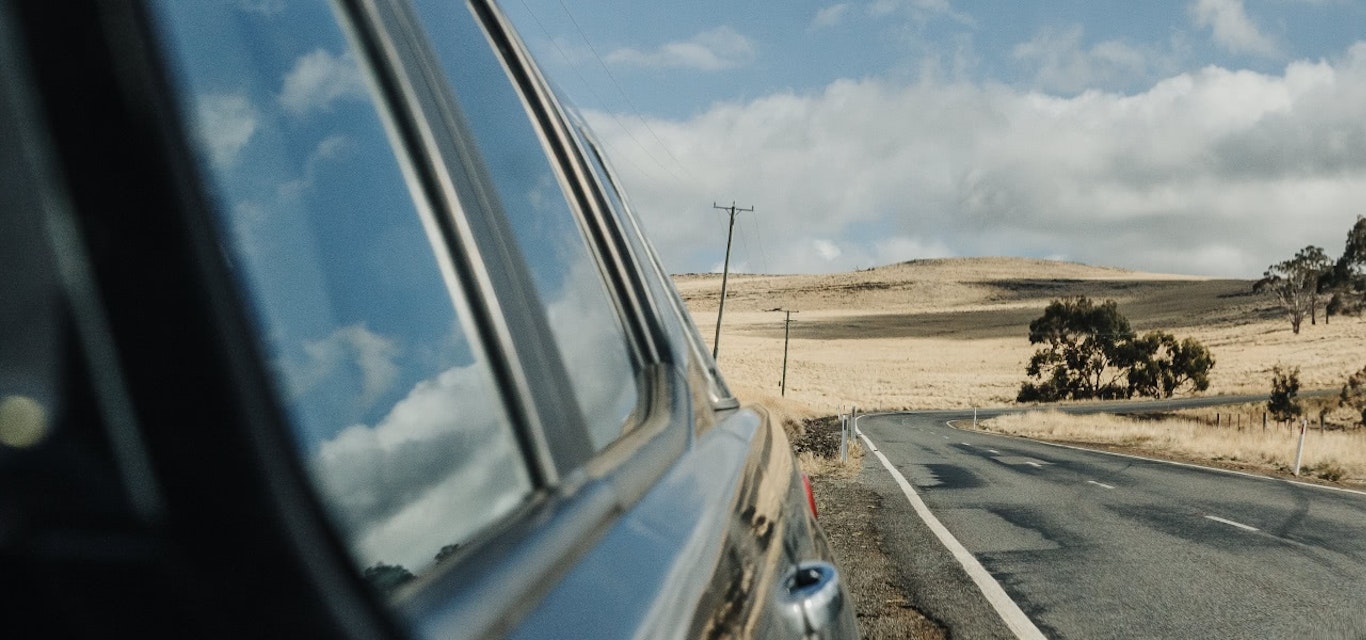Homing in on range
We take an electric vehicle on a trip from Hobart to Launceston and find that more needs to be done with charging infrastructure if we want the uptake of EVs to increase.
Most drivers would have experienced that little heart-sinking moment on a long-distance journey when the fuel light comes on and there isn’t a service station in sight.
Well that’s pretty much what it’s like driving an electric vehicle (EV) on any journey in Tasmania, even when starting on a full battery, due to the current lack of charging stations.
I recently shared a drive of the all-new fully electric 2018 Hyundai IONIQ from Hobart to Launceston with my colleague Will Oakley. This was my first long-distance trip in an EV.
Before departing, we jokingly contemplated the IONIQ failing to reach the northern capital. It was a real possibility, even with makeshift charging options at Campbell Town.
That possibility seemed to turn to reality when we stepped into the car and found that the battery had just 194km of range.
The journey to Launceston’s Paterson St car park, which is home to Tasmania’s only fast (DC) charger, is about 200km.
Puzzled and stressed, we turned to air conditioning off and up jumped the range to 225km. Note to self: with the current lack of charging infrastructure, don’t drive long distance in an EV on a hot day – you may not make it.
Now with a full battery, we set off relatively optimistic. I took the first shift and was instructed to sit on 80-90km/h on the Midland Highway in order for us to actually reach Launceston.
For anyone that’s driven this highway, you’d be aware the limit is 110km/h, so we were moving at a snail’s pace.
Once we passed Kempton, I started to notice how rapidly the battery was decreasing due to the highway’s elevated landscape.
By the time we reached Oatlands, the IONIQ had used 102km of battery on an 85km journey, even without air conditioning and us travelling 20km/h below the speed limit.
This was turning into a really interesting experience. With 123km left in the battery and about 116km ahead of us, we started to feel seriously nervous.
That was until I set a feature known as ‘regeneration’. When activated, regeneration uses the kinetic energy generated during deceleration to add more range to the battery. While it only works efficiently when travelling downhill, we managed to add about 10km to the battery during the trip.
I started using the feature as we hit roadworks between York Plains and Tunbridge, helping us gain a few kilometres. The lower speeds also assisted a great deal and we passed Ross with 87km left in the battery. This was a more impressive range loss of 36km, the exact distance from Oatlands.
Nonetheless, Will decided it would be best to charge the car at Campbell Town using a Hyundai adapter designed for home charging. This is different to a charging station.
We stopped at Campbell Town with 70km of range left and a 67km trip ahead of us.
Rather optimistically, we thought we could add about 10km of range after a bite to eat and a coffee.
However, after lunch, we found just 5km had been added to the battery in half an hour. With just 75km of range, the next 45 minutes were going to be very touch and go.
Will took over on the home stretch and decided to switch on the cruise control in the hope it would create more consistency with battery usage. His theory seemed to work wonders, particularly when we encountered lower speeds at the Epping Forest roadworks. We reached Perth for a quick photo stop by the South Esk River with 30km left and a 19km journey remaining.
However, just out of Perth the warning lights began flashing on the infotainment system. Low battery: 13%. We had just 23km left up our sleeves. But, despite the warning sign screaming at us, we knew once we reached Launceston’s Southern Outlet that we were out of the woods.
As we turned the corner onto Patterson St and entered the car park, we spotted the fast charger and breathed a sigh of relief. We had made it with 18km left in the battery.
However, in order to conserve energy, we’d had to sit well below the Midlands’ 110km/h speed limit and switch off the air conditioning. We had also struggled with battery capacity on uphill sections due to the increased power needed to maintain the same highway speed. This indicates the technology has a long way to go in terms of battery capacity, but also in relation to Tasmania’s need for a fast charging network.
The Paterson St DC fast charger bumped the IONIQ up to 177km of range in just 28 minutes, for free. This was astonishing compared to our Campbell Town experience, demonstrating that a fast charging network is essential if Tasmania is to reduce range anxiety, increase electric vehicle uptake and improve environmental outcomes across our state.
This article has caused much debate. We've shared letters received in our Charging the debate article to encourage further discussion of the issues and opportunities surrounding the uptake of EVs in Tasmania.
